By reimagining a simple scroll as a storytelling device, Regina and Aryel turned passive impressions into active engagement—and built a data engine for future campaigns.
Industry:
CPG & FMCG
Location:
Milan, Italy
Website:
regina.eu/it
Product:
Creatives
38%
Engagement Rate
Measured on display ads
0,44%
Clickthrough Rate
Measured on display ads
7,14s
Attention Time
Measured on display ads
Overview
In a market saturated with generic messaging and fleeting impressions, brands can no longer afford to treat display ads as a passive medium. For Regina, the flagship household brand by Sofidel, standing out in the Polish market meant rethinking not just what to communicate, but how to do it—prioritizing relevance, interaction, and memorability.
Together with Aryel, Sofidel reimagined the role of display through an approach rooted in user behavior and creative precision. The campaign didn’t just aim for visibility—it set out to build brand salience through an experience designed to be seen, felt, and remembered.
What followed was more than a shift in format. It was a shift in mindset—one that turned everyday gestures into brand-building opportunities and helped redefine what performance looks like in the world of modern display advertising.
Sofidel’s objective was to strengthen the market presence of Regina in Poland by increasing brand recognition and salience within a key target audience. The campaign needed to deliver not just reach, but memorable impact—driving visibility for the product while reinforcing its identity in a highly competitive FMCG environment.
To do so, the brand looked for a format that could cut through digital noise, resonate with mobile-first consumers, and create a lasting impression. The challenge was to communicate the functional value of the product while making it culturally relevant and emotionally engaging in a market where attention is hard-won and easily lost.
To meet this goal, Aryel supported the launch of a high-impact interactive display activation, built around a scroll-based creative that translated the physical experience of using the product into a digital gesture. As users scrolled, the visual unrolling of the Regina paper towel created a clear and memorable metaphor—simple, immediate, and strongly tied to the brand’s core functionality.
This format was designed not only to capture attention, but to retain it, combining motion, messaging, and brand assets in a way that felt intuitive on mobile devices. The ad evolved dynamically with each scroll, guiding the user through a visually coherent, product-centric narrative that culminated in a personalized thank you page.
The results confirmed the strength of the approach: the campaign achieved a 38.01% engagement rate, dramatically outperforming category benchmarks (typically between 4% and 8%), and sustained medium-to-high attention levels in over 60% of users. These metrics demonstrated not only the effectiveness of the format in creating immediate impact, but also its capacity to drive deeper, more qualified engagement.
At the same time, the activation generated valuable first-party behavioral data, capturing signals like scroll depth, tap frequency, and dwell time. This allowed Sofidel to build custom audience segments based on real interaction patterns—turning a single campaign into a strategic asset for future media planning.
Why Interactive Display Matters for Household Paper Brands in FMCG
Household paper products—like kitchen rolls, tissues, and toilet paper—belong to one of the most saturated and commoditized categories within FMCG. Purchase decisions are often habitual, price-sensitive, and made with low emotional involvement. In this context, breaking through the routine and achieving top-of-mind awareness is both a challenge and a competitive advantage.
This is where interactive display advertising can make a measurable difference.
Unlike traditional formats that prioritize reach over depth, interactive display ads allow brands to create meaningful micro-interactions with consumers—transforming passive media exposure into active engagement. For household paper products, this means shifting from utility-driven communication to brand-building moments that reinforce identity, values, and recall.
By integrating interaction into the experience—whether through scroll, swipe, or tap—brands can:
In a category where attention is minimal and loyalty is volatile, interactive formats offer a strategic path to reinforce brand equity and influence buying decisions before the shelf—digital or physical.